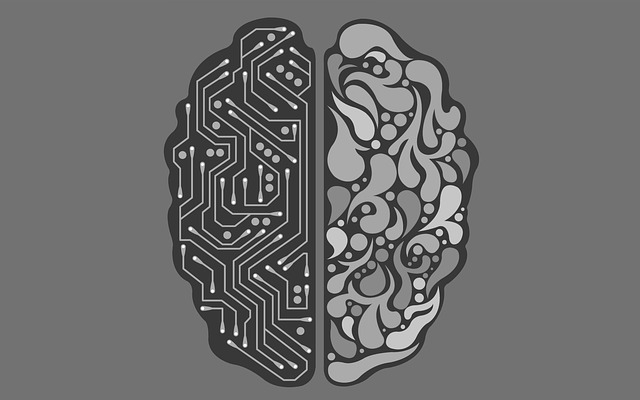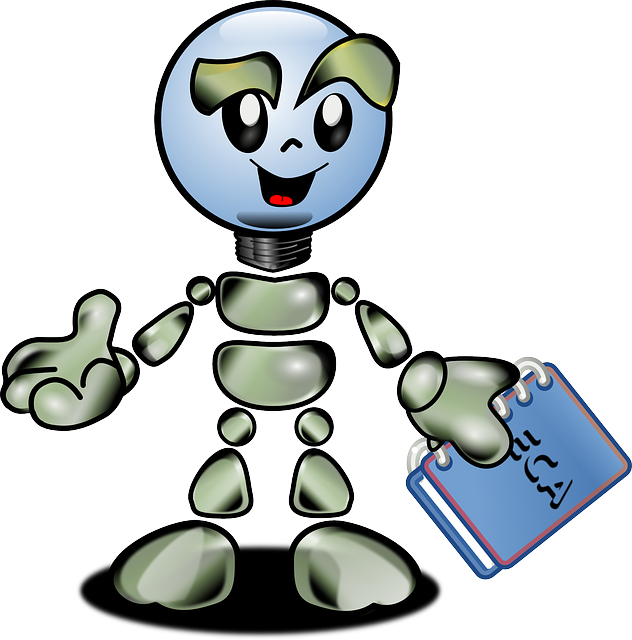
What can Artificial Intelligence and IoT can do for us ?
Essentially, artificial intelligence is about creating smart machines and software that work and react like humans. The technology is likely much more varied and sophisticated than what you may have seen in science fiction movies. AI is being developed today that works on everything from speech recognition to analytics, problem solving, and beyond. AI can take on many different forms, from customer service robots to Internet-of-Things connected smart machines, and could look like anything from data processing machines to virtual assistants and sensor-based manufacturing components. And across all industries, it seems like AI is revolutionizing how people work.
Grayhats is trying to create products combing these technologies. We truly believe AI with data sciences and Internet of things can help us build and scale revolutionary products.
The idea of AI is far from now, it was first written about by Alan Turing in 1950, when he posed the question, “Can machines think?” The idea was particularly forward-thinking considering that the first general-purpose computer had just been created. AI has been in the works for decades, but it has only been recently that the technology has been in place to make theoretical dreams a reality. The two biggest developments to bring AI to the forefront were big data and computing power; AI relies on vast amounts of data to truly be an effective intelligent system, but up until recently that data wasn’t available and computers couldn’t have handled it if it was.

AI is also a fundamental part of the concept of the Internet of Things – a world where machines and devices all communicate with each other to get the work done, leaving us free to relax and enjoy life.
However, as we’ve previously seen with the internet revolution, and the big data revolution, and all the other technological revolutions of recent times, there are obstacles to be overcome before we reach this technological utopia. As businesses scramble for their share of a $70 billion market, some will inevitably prosper and some will fail. Those that manage to succeed are likely to be those which can manage to see beyond the hype – and answer hard questions about how this technology can add real value and drive positive change.
The concern that this technology will lead to widespread unemployment is also beyond the scope of this piece, but it does touch on the first point I want to make. Employees are often a business’s biggest expense, but does that mean it’s sensible to think of AI as primarily a means of cutting HR costs? I don’t think so. The fully autonomous, AI-powered, human-free industrial operation is still some way from becoming reality and human employees working alongside AI machines is likely to be the way of things for a while yet.

The field was founded on the claim that human intelligence “can be so precisely described that a machine can be made to simulate it”. This raises philosophical arguments about the nature of the mind and the ethics of creating artificial beings endowed with human-like intelligence, issues which have been explored by myth, fiction and philosophy since antiquity. Attempts to create artificial intelligence have experienced many setbacks, including the ALPAC report of 1966, the abandonment of perceptrons in 1970, the Light hill Report of 1973, the second AI winter 1987–1993 and the collapse of the Lisp machine market in 1987. In the twenty-first century, AI techniques have become an essential part of the technology industry, helping to solve many challenging problems in computer science.


Recent Comments